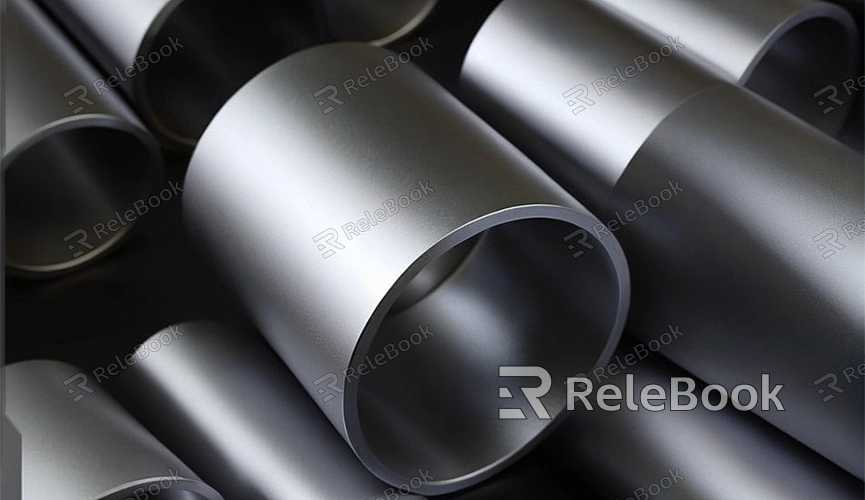How to Make 3D Printed Models Smooth
Advances in 3D printing technology have made it easy to turn digital models into physical objects. However, printed models often have rough or flawed surfaces that can affect both their appearance and functionality. If you want your 3D printed models to have a smooth surface, here are some practical tips and methods to improve print quality.
Choose the Right Print Settings
Before printing, make sure your print settings are optimized for your model. Several aspects of the settings directly affect the smoothness of the surface:

- Layer Height: A smaller layer height results in smaller gaps between layers, leading to a smoother surface. Typically, a 0.1mm layer height provides a smoother surface compared to 0.2mm.
- Fill Density: Choosing an appropriate fill density can reduce surface texture roughness. Although fill density impacts the internal structure more, it can also indirectly affect the smoothness of the external surface.
- Print Speed: Slower print speeds can enhance printing precision and reduce surface defects caused by excessive speed.
Post-Processing Techniques
After printing, you can use several post-processing methods to further enhance the model's smoothness. Here are some common techniques:
1. Sanding
Sanding is the most straightforward surface finishing method. Use sandpaper of varying grits, from coarse to fine, to sand the model's surface. This process removes most layer lines and printing flaws. For a smoother finish, you can perform wet sanding by submerging the sandpaper in water, which helps reduce clogging and improves surface smoothness.
2. Filler
For models with large cracks or dents, fillers can be used to fill these defects. Common fillers include putty, resin, or specialized repair materials for 3D printed models. Apply the filler, let it dry, and then sand it smooth.
3. Spraying
Spraying is another effective method to enhance surface smoothness. Use spray paint or spray-on repair agents evenly across the model's surface and allow it to dry. Spraying can fill minor imperfections and improve overall smoothness. It’s best to sand the model’s surface to a relatively even state before spraying for optimal results.
4. Chemical Polishing
For certain materials (like ABS), you can use chemical solutions for polishing. For example, ABS can be treated with acetone vapor to create a smooth surface. This method effectively removes layer lines but should be done in a well-ventilated area for safety.
Choose the Right Materials
The choice of printing material also significantly impacts the smoothness of the model. Some materials naturally achieve a smoother finish more easily than others:
- PLA: This material is easy to print but may not achieve as smooth a surface as ABS.
- ABS: Can achieve very smooth surfaces through chemical polishing.
- PETG: Combines the advantages of PLA and ABS, offering good surface results.
Use High-Quality 3D Models
High-quality 3D models help reduce surface defects during printing. Ensure your model files are well-designed, free of defects, and have no unnecessary details to achieve better print results.
If you need high-quality 3D textures, HDRIs, or 3D models for your projects, you can download them from Relebook. After downloading, you can directly import the textures and 3D models into your projects. This will provide you with professional-grade resources and further enhance your model quality.
Achieving a smooth surface for 3D printed models involves multiple approaches, including optimizing print settings, post-processing, and selecting suitable materials. By employing these methods, you can effectively improve the appearance and quality of your models. I hope these tips help you create smoother, more refined 3D printed works. If you have other 3D printing questions or need more resource support, check out Relebook for high-quality 3D textures and models to make your creations look even better.

